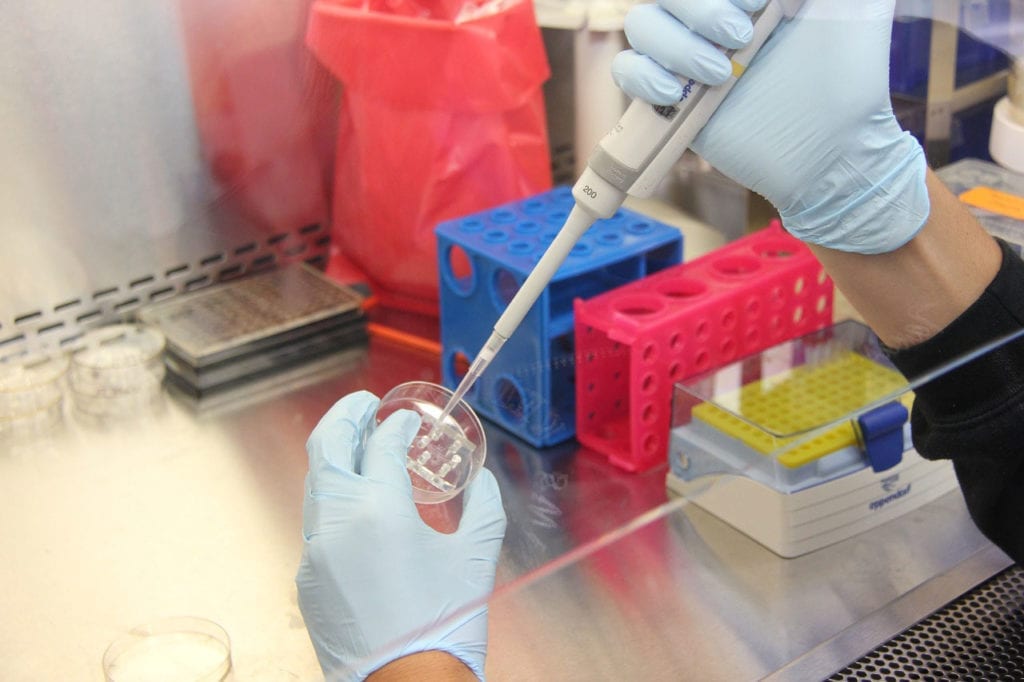According to a story from pm360online.com, the drug developer Bavarian Nordic A/S recently announced that its Phase 2 clinical trial of its experimental product BN-Brachyury has begun, with the first patient receiving a dosage of the treatment. This immunotherapy is being tested in combination with radiation therapy as a treatment for the rare cancer chordoma.
About Chordoma
Chordoma is a slow growing rare cancer that is thought to originate from the cells of the notochord. The tumor often appears at the base of the skull or along the spinal column. The precise of cause of this cancer is unknown. There are no known external risk factors for it. However, duplication of the brachyury protein appears to be a risk factor, and the presence of the cancer within certain families suggest that it could have a genetic component as well. Symptoms of chordoma include double vision, problems with bowel or bladder function, headaches, back pain, and numbness or weakness in the back, legs, or arms. While there are no treatments specifically approved for chordoma, surgery followed by radiation therapy is the most common approach. This cancer is somewhat resistant to radiation and requires heavy doses. To learn more about chordoma, click here.
About BN-Brachyury
The presence of the brachyury protein in chordoma tumors has been connected to treatment resistance, reduce survival, and worse overall outcomes for patients with this disease. Bavarian Nordic’s BN-Brachyury is designed to function by targeting this protein and triggering an immune response from T-cells that proceed to destroy the cancer cells that express the brachyury protein.
Another Chance at Survival?
Most patients who fail to be cured by surgery and radiation therapy will usually see the return of their chordoma. There is no standard treatment alternative for relapsed disease, and many of these patients do not survive. BN-Brachyury combined with radiation therapy could give these patients a greater chance of long term survival or a cure. With this combination the researchers are hoping to increase the overall response rate for these patients within 12 months of treatment with radiation. Radiation treatment produces only a five percent response rate in this time period.






